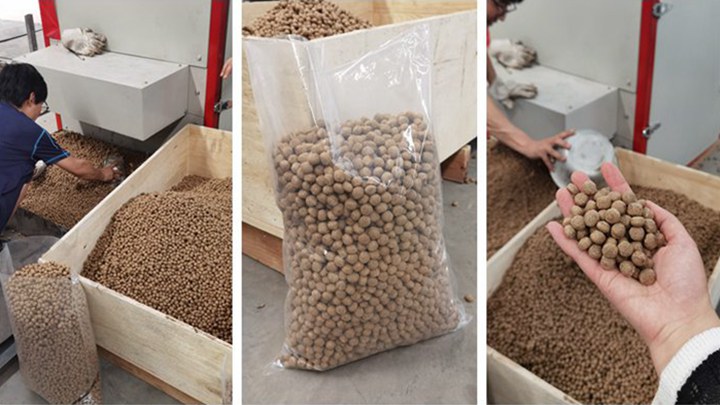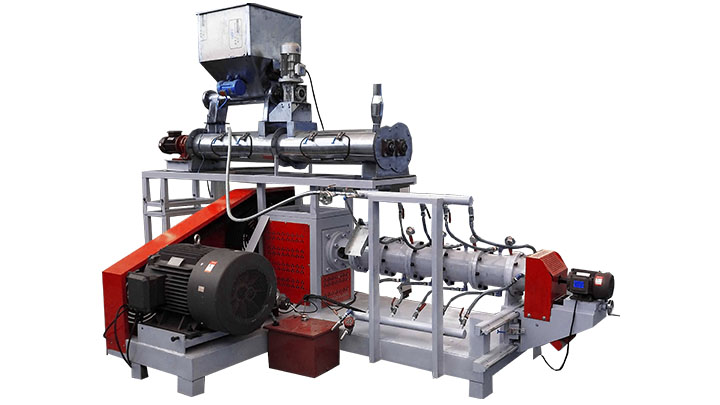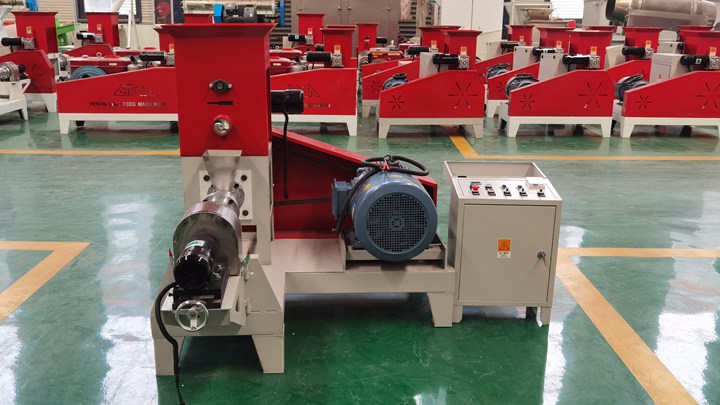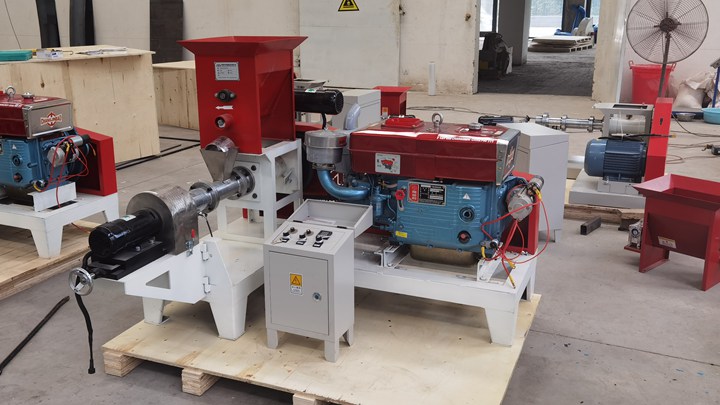.jpg)
Apr 26, 2023 · A 60-day laboratory study was conducted to compare three types of commercial fish feed. The first feed was locally related to the College of Agriculture - at the University of Basra and assigned

Sep 15, 2022 · Among pond farmers, 66% of farmers used local commercial starter feed, and 71% used local commercial growout feeds; and these figures are quite stable for both 2018/19 and 2020/21 production cycles (Fig. 4 b). Imported feeds are more common among cage farmers than among pond farmers: 34% of cage farmers used imported starter feeds in 2020/2021

We produce feed for a complete range of fish and crustaceans consumed by both the local Philippine market and the export market. The consistent quality and performance of Tateh Aquafeeds is reflected on the quality of life enjoyed by our customers.
.jpg)
A common practice is the use of locally available quality commercial feed as starter feed for smaller fish and own-formulated feeds as a complement for or alternative to commercial growout feeds

existing commercial feeds promises productivity, livelihood, health and environmental benefits, especially by enabling local feed manufacturers Key lessons learned 1. Low-cost tilapia feed formulated from locally available ingredients should be nutritionally comparable with good quality commercial tilapia feed to maintain productivity. 2.

Nov 17, 2021 · This study investigated the effects of two levels of feeding (1 or 4% BW day− 1), two levels of stocking densities (3 or 10 female m− 2) and two levels of water-flow rates (0.06 ± 0.00 or 0.

An increasing number of animal feed manufacturers are now producing feeds designed for locally grown species of fish and shrimp. Some companies specialize in the production of feeds for aquaculture alone. In addition, feed brokers may specialize in this field; general feed brokers also deal in aquaculture feeds.

There’s one key metric that we need to understand: the efficiency of fish feed and the FIFO ratio. The Fish In: Fish Out (FIFO) ratio tells us how much fish we need to feed aquaculture species to get one fish back in return. If you have a FIFO greater than 1, you need more fish inputs than you get back from your fish farm.
Homepage; News; ICSF News; South Asia News Alert; Bangladesh: Purchasing Commercial Fish Feed VS Producing Feed Locally; Bangladesh: Purchasing Commercial Fish Feed VS Producing Feed Locally

Nov 24, 2023 · Medicated fish food is used to treat bacterial infections. The advantage of medicated fish food is that it can be direct application instead of treating the entire water. Vacation Fish Food. Vacation fish food is designed to release the food slowly over a period of 1-2 weeks. This will allow aquarium fish to survive while the owner is away on
.jpg)
ds for small-scale fish farmersSustainable accessible small-scaleAquaculture is the fastest growing food producing sector in the world, providing critical sources of income and nutrition for millions of small-scale fish farmers and their communities.1 Access to sustainable and afordable fish fe. ds is a key determinant for productive and

Aug 9, 2021 · These local food systems have also been identified as resilient to some external socio-ecological shocks (Cohen et al., 2019; De Schutter, 2014). 2.3 Culturally relevant products, processing and provisioning. Fisheries in food systems are not just about fish production, but the processing, distribution and consumption activities are also important.
.jpg)
Jan 1, 2021 · The results of the experiment showed significant variations on the growth of fish between the commercial feed and the two farm-made feeds, feed II (soya bean-based) and feed III (earthworm-based
Commercial fish feed. A betta fish eating commercial fish food. Manufactured feeds are an important part of modern commercial aquaculture. They provide the balanced nutrition needed by farmed fish. The feeds, in the form of granules or pellets, give nutrition in a stable and concentrated form, enabling the fish to feed efficiently and grow to
.jpg)
5 days ago · The physical feed quality is critical in enabling the feed to provide the desired nutrition and energy to the fish. Some of the common quality issues are feed integrity, non-uniformity of feed sizes, unable to attain the desired level of floatability (in case of floating feeds), dust creation from feeds, oil leakage, rancidity issues, and raw material quality.